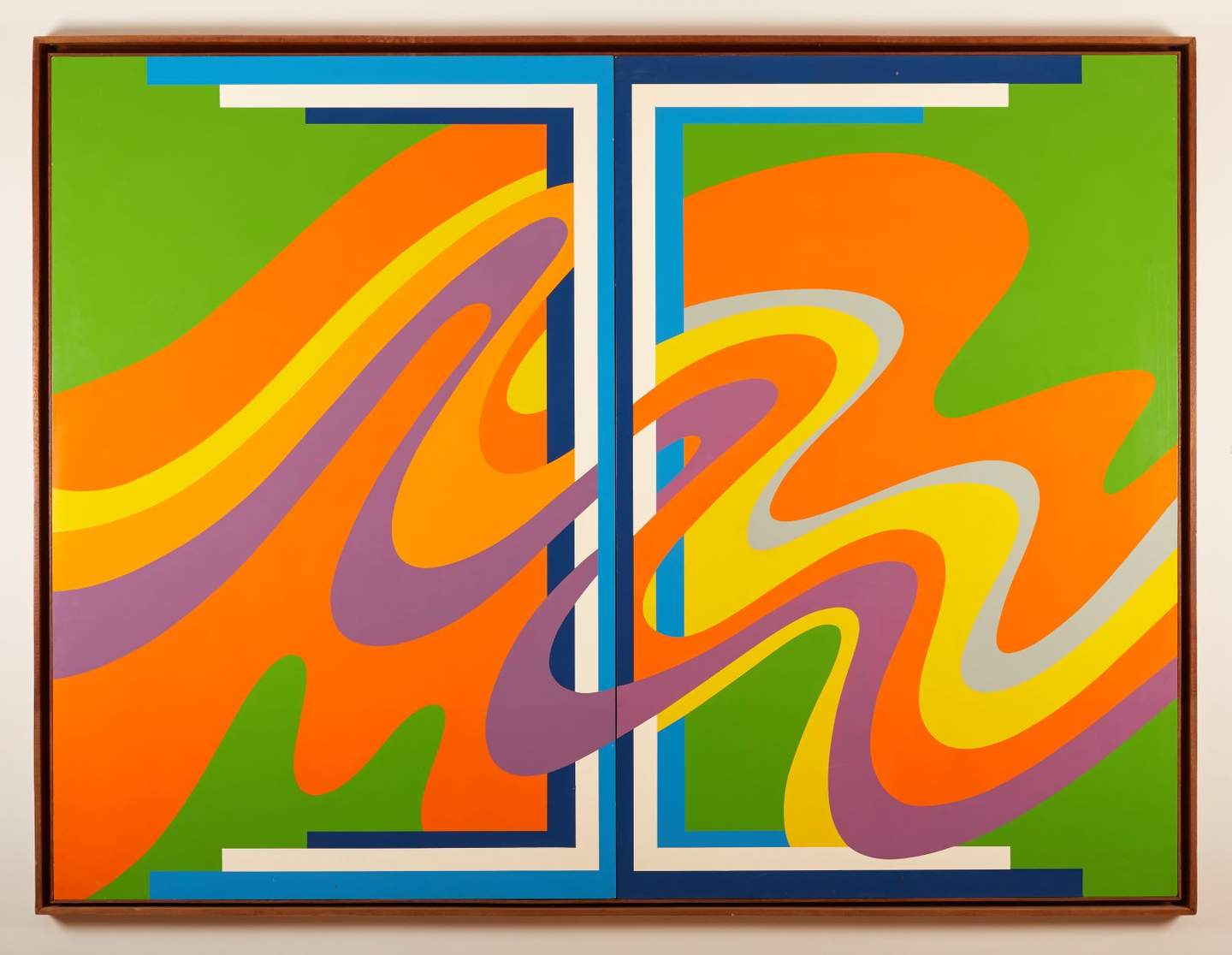Characterized by the loose and visible brushwork and its ability to capture the fleeting moments of everyday life, Impressionism is today one of the most recognizable art movements, with masterpieces regularly breaking auction records. However, the artists who represented it waited a long time for recognition.

We generally define Impressionism as the artistic production of those who exhibited with the Anonymous Society of Artists from 1874 until 1886, 8 group exhibitions. Monet, Pissarro, Renoir, Sisley, Degas, Morisot, and Gustave Caillebotte are core members.
The Birth of impressionism
Discouraged and angry by the constant rejection of the Salon jury, this new group of artists led by Monet, Renoir, Sisley, and Pissarro decided to take back control over their art and exhibit independently. In April 1874, they organized an exhibition in the studio of the photographer Nadar on the Boulevard des Capucines, conceived as a gesture of independence from the annual state-sponsored Salon.
Among the paintings exhibited at Nadar’s studio was Monet’s Impression, Sunrise. One of the critics, Louis Leroy, called the group ‘Impressionists’ after the title of Monet’s Sunrise, hinting at the perceived unfinished look of the paintings.
The period from the exhibition at Nadar’s studio in 1874 to about 1881 is referred to as the high impressionism – this was when the artists were in close touch, exchanging ideas and inspirations, working passionately, and completely immersed in their discoveries.
In general, we recognize two major divisions in impressionism:
Fraction led by Monet – so-called Transparent Impressionism, includes painters of mostly landscape and urban views, who paint what appears to be the impressions of visual reality (Monet, Sisley, Pissarro)
Fraction led by Degas – Mediated Impressionism – focusing mainly on figure painting (Degas, Renoir, Caillebotte, Cassatt, Morisot).

Stylistically, the movement is characterized by:
Refusal to imitate reality by modelling form and space through light and dark gradation. In contrast, Impressionists used light-toned underpainting. This effect significantly reduces the tonal contrast in the picture and, therefore, flattens them –the Hoar Frost by Pissarro is a great example.
Painting outside/ en plein air was the specialty of Monet, Pissarro, Renoir, and Sisley, who discovered a technique for evoking the interaction of light and air in nature. Monet’s early depiction of Women in the Garden, 1866

Painting with short, irregular, and visible brushstrokes, in great contrast to the paintings submitted at the Salon, which had a flat surface and looked smooth, perfect, but very impersonal. Renoir, Bal in Mouline de la Galette, 1876
The journey from being ridiculed to breaking records at auctions
“We would have died of hunger without Durand-Ruel, all we impressionists.”
Monet
Their commercial success was essentially thanks to the art dealer Paul Durand-Ruel who recognized their talent before anyone else. In 1870, during the Franco-Prussian, he met Monet and Pissarro in London. Upon returning to France, he met Degas, Sisley, and Renoir and eventually started buying out their studios. It often took ten to twenty years for Durand-Ruel to sell some of the paintings. While Europe was slow to recognize the importance of Impressionism, American collectors welcomed them with open arms. In 1886 the dealer spent three months in the United States, putting on a traveling exhibition through Washington, Cincinnati, and Philadelphia. A year later, he opened a gallery in New York, which operated until 1950. Many of the works Durand-Ruel sold during this time became the centrepieces of impressionist collections in major American museums.

Join us on Saturday, December 17th 2022, for a workshop randez-vous with Impressionists at XVA Gallery.
The Story of Art workshop will feature two lectures, refreshments and lunch, followed by questions and discussion with Dr. Michaela Watrelot on Saturday 17th December from 10.00h to 14:00h.
Places are limited. Book your spot here: https://www.xvagallery.com/events




